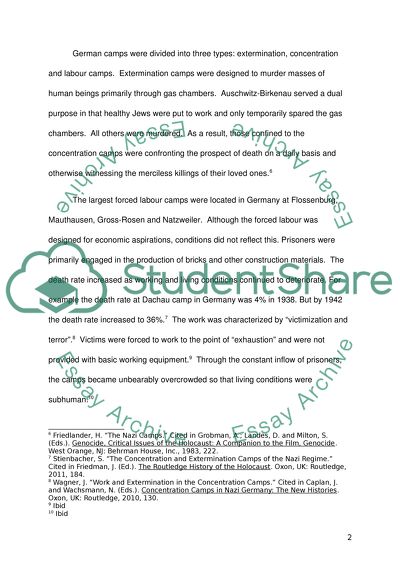Cite this document
(“The effects of concentration camps during the Holocaust on the people Essay”, n.d.)
Retrieved from https://studentshare.org/history/1429936-the-effects-of-concentration-camps-during-the
Retrieved from https://studentshare.org/history/1429936-the-effects-of-concentration-camps-during-the
(The Effects of Concentration Camps During the Holocaust on the People Essay)
https://studentshare.org/history/1429936-the-effects-of-concentration-camps-during-the.
https://studentshare.org/history/1429936-the-effects-of-concentration-camps-during-the.
“The Effects of Concentration Camps During the Holocaust on the People Essay”, n.d. https://studentshare.org/history/1429936-the-effects-of-concentration-camps-during-the.


